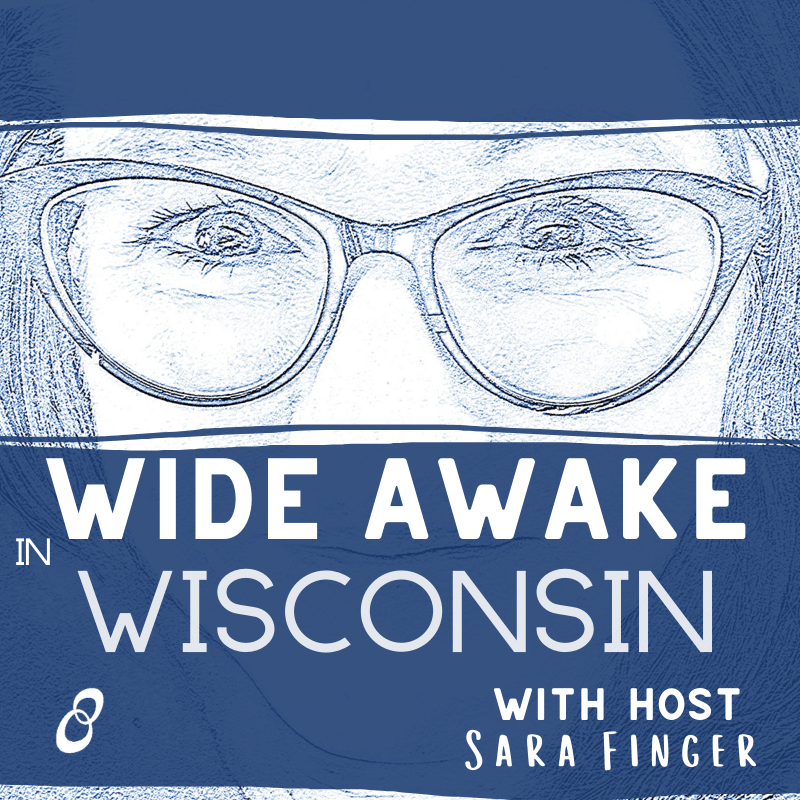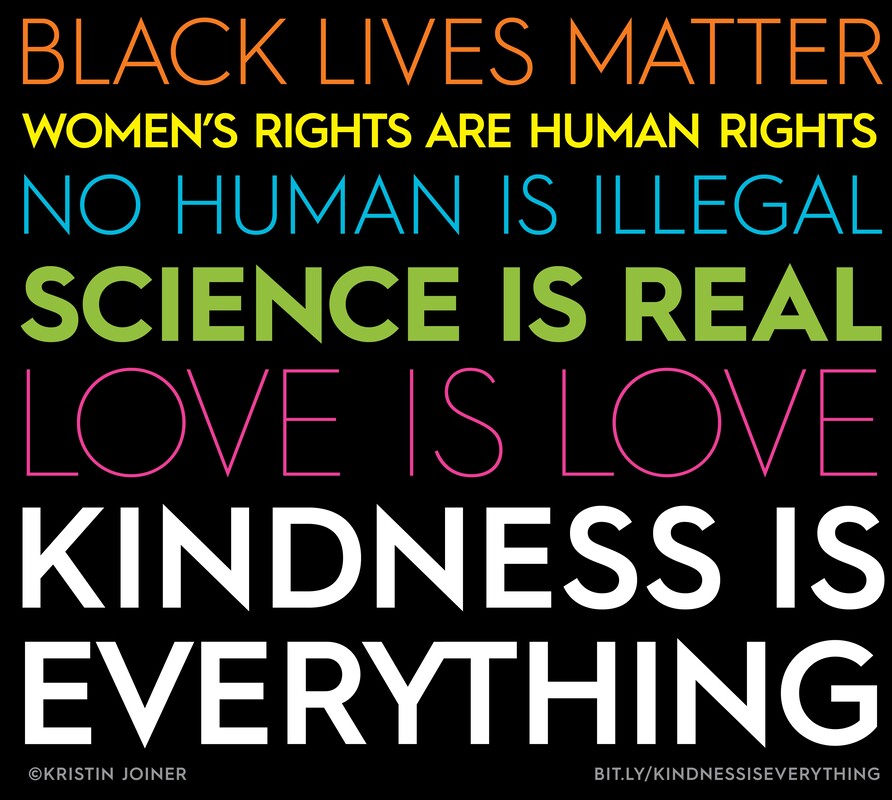Abortion Access in Wisconsin
The decision about whether and when to become a parent is one of the most important life decisions we make. When people are able to make their own decisions about pregnancy, families thrive, and we build communities where each of us is able to live with dignity and autonomy. But anti-abortion politicians will stop at nothing to push abortion care out of reach or ban it outright.
In 1973, the Supreme Court of the United States (SCOTUS) held in Roe v. Wade that the US Constitution protects the right to have an abortion. Decades later, in Whole Woman’s Health v. Hellerstedt, the Supreme Court added that while states can regulate abortion, those regulations have to benefit patient health more than they burden their access. Since Roe, the Supreme Court has held that the Constitution protects the right to have an abortion, but that right is under serious threat given the changes of the makeup of the Supreme Court.
In 1973, the Supreme Court of the United States (SCOTUS) held in Roe v. Wade that the US Constitution protects the right to have an abortion. Decades later, in Whole Woman’s Health v. Hellerstedt, the Supreme Court added that while states can regulate abortion, those regulations have to benefit patient health more than they burden their access. Since Roe, the Supreme Court has held that the Constitution protects the right to have an abortion, but that right is under serious threat given the changes of the makeup of the Supreme Court.
Wisconsin's Criminal Abortion Ban
In 1849, Wisconsin made it a felony to have or provide an abortion. While that law became unenforceable after Roe v. Wade, Wisconsin never took its criminal abortion ban off the books. This law is incredibly harsh and does not have exceptions for rape, incest, or the health of the mother. The only way an individual could legally have an abortion under this law would be if they were about to die as a result of their pregnancy.
Right now, a person’s ability to make this decision about their future and access abortion is on the line for Wisconsinites because of this outdated criminal abortion ban from 1849 that has not been in effect because of Roe v. Wade. If Roe were overturned, Wisconsin’s criminal abortion law could be enforceable once again, and Wisconsin could return to a time where individuals are simply not allowed to make their own health care decisions.
Right now, a person’s ability to make this decision about their future and access abortion is on the line for Wisconsinites because of this outdated criminal abortion ban from 1849 that has not been in effect because of Roe v. Wade. If Roe were overturned, Wisconsin’s criminal abortion law could be enforceable once again, and Wisconsin could return to a time where individuals are simply not allowed to make their own health care decisions.
Current Threat to Abortion Access in Wisconsin
In the Spring of 2021, the US Supreme Court chose to take up a challenge to a Mississippi law that prohibits all abortions after 15 weeks except in cases of medical emergency or "severe fetal anomaly". The Dobbs v. Jackson Women's Health Organization case has the real potential to end Roe v. Wade's guarantee of abortion rights through the US. The constitutional right to terminate a pregnancy may now be under more severe and imminent threat than it has been at any time since Roe came down in 1973.
The Supreme Court will issue a decision sometime before the end of June. There are three main paths the Court could take in its decision:
The Supreme Court will issue a decision sometime before the end of June. There are three main paths the Court could take in its decision:
- Loss: The Court allows Mississippi’s 15-week ban to go into effect but does not use the words “Roe v. Wade is overturned”
The Court does not explicitly overrule Roe, but upholds Mississippi’s 15-week abortion ban. The Court might move the point at which states can ban abortion from viability to an earlier point in pregnancy or set some new test for judging the constitutionality of abortion bans. A new test or legal standard is unlikely to provide a stable, enforceable right for people around the country. In this scenario, hostile lower courts could seize vague language from the Court to allow states to enforce bans on abortion earlier than 15 weeks and some states may also try to enforce trigger bans. Wisconsin's 1849 Criminal Abortion Ban could go back into effect. - Loss: Roe v. Wade is explicitly overturned, and Mississippi’s 15-week ban goes into effect
The Court overrules Roe, effectively allowing states to ban abortion entirely and allowing Mississippi’s 15-week to go into effect. In this scenario, lawmakers in each state will decide if a pregnant person in that individual state can choose an abortion. Wisconsin's 1849 Criminal Abortion Ban could go back into effect and 26 states will have to stop providing abortions including Wisconsin. Abortion does not become illegal in the whole country. Just like before Roe, pregnant people in Wisconsin will be forced to find a way out of the state, continue with the pregnancy at the risk of their health and safety, or find a way to terminate the pregnancy, also risking their health and safety. - Win: Mississippi’s 15-week ban remains blocked, and the status quo is preserved
In the unlikely event of Scenario 3, the Court takes an action that allows Mississippi’s 15-week ban to remain blocked. It preserves the status quo and access remains difficult in many states.
Policy Opportunities to Protect Access to Abortion
Our state legislature and Governor have the power to stand between a hostile Supreme Court and the people of Wisconsin. Our lawmakers can protect access to abortion and reproductive healthcare by passing the Abortion Access Preservation Act, introduced authored by Rep. Subeck and Sen. Roys, (Assembly Bill 106/ Senate Bill 75), which would repeal the 1849 ban. If the Wisconsin state legislature took action to protect our rights and health, then even if Roe v Wade is overturned, then Wisconsin would not immediately return to the 1800s in our state.
Nationally, Congress can pass the Women's Health Protection Act (WHPA). This important federal legislation would protect the right to access abortion care across the US. WHPA defends every person's right to make decisions about whether and when to become a parent, and safeguards abortion access from medically unnecessary restrictions and bans.
Nationally, Congress can pass the Women's Health Protection Act (WHPA). This important federal legislation would protect the right to access abortion care across the US. WHPA defends every person's right to make decisions about whether and when to become a parent, and safeguards abortion access from medically unnecessary restrictions and bans.
History of Court Cases
June v. Russo was the first major abortion case that the Court heard since President Trump appointed Justices Neil Gorsuch and Justice Brett Kavanaugh. Thankfully, their votes were not enough to overrule precedent created by Whole Women’s Health v. Hellerstedt. In a 5-4 decision, Chief Justice Roberts noted that his decision was based on precedent, not on support for the right to abortion. June v. Russo was the first abortion restriction the Chief Justice has ruled against, and it is unlikely to be the beginning of a pattern.
Knowing this, we consider the decision a limited “win,” given the Supreme Court’s conservative majority, and access to safe and legal abortion is still in danger. The possibility of Roe v. Wade being overturned is real. That threat could have direct impact on Wisconsin, even when the ruling takes place on behalf of other state laws.
Based on the June v. Russo SCOTUS’s decision, the Wisconsin criminal abortion ban remains unconstitutional and abortion remains legal in Wisconsin. Although existing restrictions to abortion access may remain in place, many could be found unconstitutional under Whole Woman's Health. These restrictions in Wisconsin include including the 20-week ban, 24-hour mandatory waiting period, mandatory ultrasound, ban on telemedicine for medication abortion, and prohibition against non-physicians providing abortions. If we do not work to protect women’s reproductive justice, there is room for harsher restrictions.
Knowing this, we consider the decision a limited “win,” given the Supreme Court’s conservative majority, and access to safe and legal abortion is still in danger. The possibility of Roe v. Wade being overturned is real. That threat could have direct impact on Wisconsin, even when the ruling takes place on behalf of other state laws.
Based on the June v. Russo SCOTUS’s decision, the Wisconsin criminal abortion ban remains unconstitutional and abortion remains legal in Wisconsin. Although existing restrictions to abortion access may remain in place, many could be found unconstitutional under Whole Woman's Health. These restrictions in Wisconsin include including the 20-week ban, 24-hour mandatory waiting period, mandatory ultrasound, ban on telemedicine for medication abortion, and prohibition against non-physicians providing abortions. If we do not work to protect women’s reproductive justice, there is room for harsher restrictions.
For more information:
- The Supreme Court is Taking Direct Aim at Roe v Wade
- Women of Color Will Lose the Most if Roe v. Wade Is Overturned
- NWLC: Judge Kavanaugh’s Supreme Court Nomination Puts Roe v. Wade and Access to Abortion At Serious Risk
- Trump's Supreme Court Pick Puts Spotlight on Roe v. Wade on 150th Anniversary of the Amendment That Made the Case Possible
Quick links
|
WAWH
|



